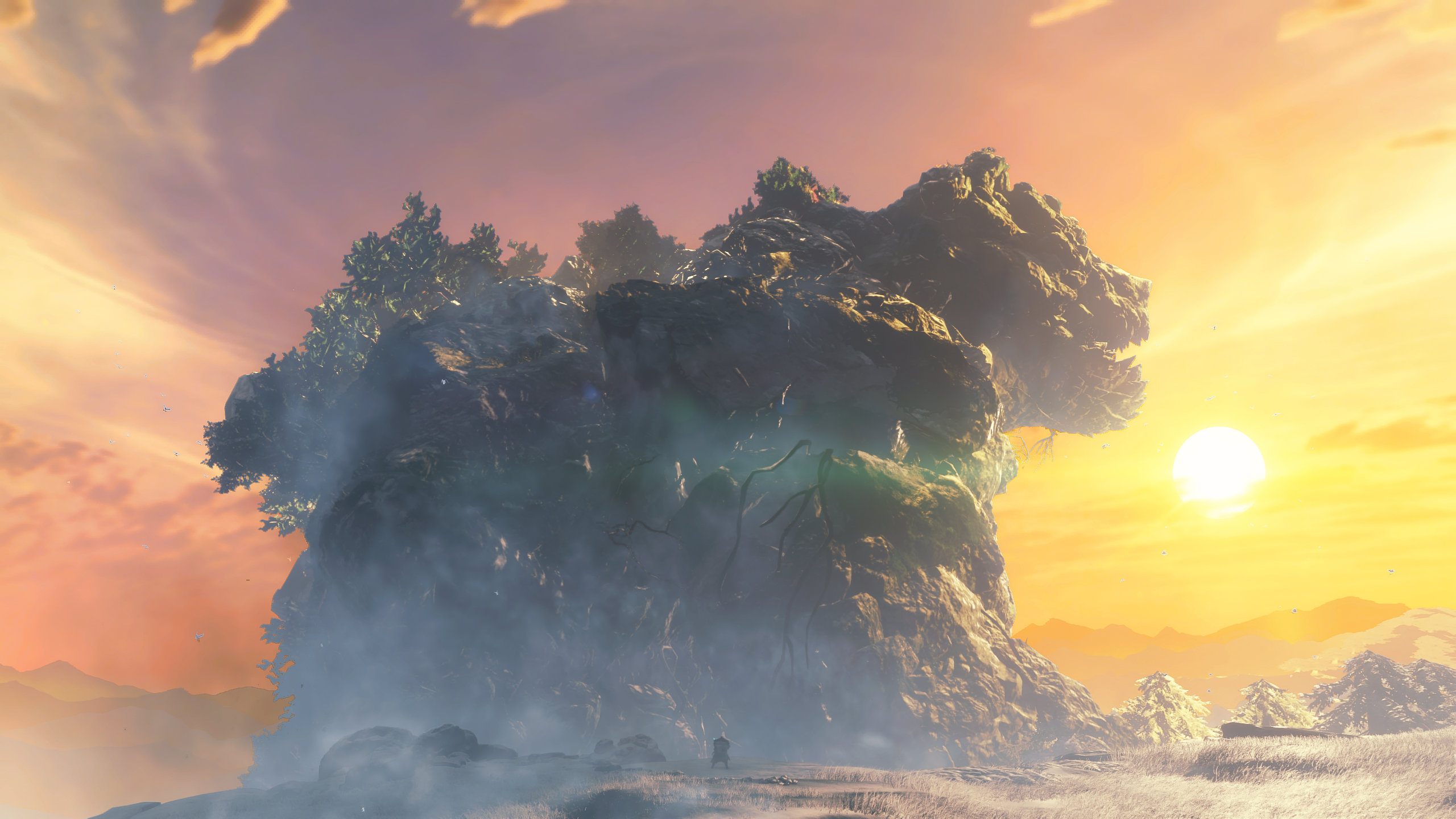Wild Hearts: the best settings to use on PC… until performance is fixed
Kaiju-quashing RPG Wild Hearts is out today and, eesh, the PC version is quite the technical mess. I’ve put together this settings guide – based on the game’s early trial build – for those who want to join the hunt pronto, but above all else my advice is to wait until developers Omega Force get the promised performance improvements up and running. From what I’ve played, Wild Hearts’s bad shape is doing an otherwise enjoyable Monster Hunter-like a huge disservice.
Heavy stuttering is common. Environmental details pop into view mere feet from your character. Lowering the display resolution involuntarily cranks up the brightness. Grass is sometimes rendered with an ugly grid pattern over it. Animations can hang for several seconds before completing. Worst of all, and mercifully set for a patch next week, is the CPU bottlenecking. Sprung for one of the best graphics cards? Too bad: Wild Hearts will assume your CPU, however powerful that is, has its hands around the GPU’s throat, denying your PC the framerates it really should be capable of.
I confirmed that my test rig (Intel Core i5-11600K, Nvidia GeForce RTX 3070, 16GB DDR4) had fallen victim to bottlenecking when its 73fps average on Wild Hearts’ Lowest preset failed to rise, even by a single frame, after dropping from 1440p to 1080p. And even if you can live with the stuttering or the Excel grass or the statue animations, a graphics card of that caliber being unable to surpass 73fps at Full HD is just not acceptable.
It also makes a trickier business of identifying which individual graphics settings to lower, as well as which are worth keeping turned up. It is possible to smooth out performance a little bit, hence the guide below, though I present it with the caveat that it may need updating once the bottlenecking fix arrives next week. If you really, really can’t wait that long to start sticking katanas into giant rats, read on.

Wilds Hearts: best settings guide
Staying with the RTX 3070 at 1440p, Wild Hearts averaged 59fps on the Highest graphics preset, 63fps on Standard, 65fps on Low and 73fps on Lowest. There are two further problems here: one, the relatively small difference between Highest and Low making it unlikely for any single setting to have a major impact, and two, Lowest looks awful, in motion if not in screenshots. We ideally want to avoid that despite its more prosperous FPS gain.
Like Returnal, then, we’ll just have to pick out small framerate improvements where we can, hopefully while still being able to leave a few of these settings in common with Highest. Hark, the full list…
Upscaling: Wild Hearts is getting DLSS and FSR in the future, but for now it only includes a very basic temporal upscaler. Aaaaaaand it’s terrible – enabling it at native 1440p makes the game look sub-1080p, and only improves Highest preset performance to 68fps. Avoid.
Textures: Dropping this from High to Low left average performance unchanged, still at 59fps. As such you may as well leave it maxed out.
Model quality: A drop from High to Low produced a 61fps average. Only 2fps more, but every little helps here, and the quality reduction isn’t ruinous.
Texture filtering: Another 61fps result on Low, with minimal visible quality impact. Turn this down too.
Particle effects: With Low averaging the same 59fps as High, I’d suggest leaving this up.
Procedural density: Low produced 60fps, a single frame per second higher than High. Nonetheless, try to keep this on Standard or High if you can, as lowering it further will (very noticeably) rob a lot of open areas of details like foliage.
Shadows: Another 1fps gain from the High-to-Low switch. Might as well.
Reflections: Reflective surfaces aren’t especially common, so feel free to set this to Low, even if my doing so only got an extra 1fps out of the RTX 3070.
Global illumination: Swapping High to Low yielded an average 2fps improvement. Once again, it’s a small gain, but much needed.

Clouds: You can leave this one on High. The Low setting somehow dropped performance to 58fps, strangely enough.
Anti-aliasing: You have three options here: TAA, FXAA, and Off. Off looks jaggedy and FXAA, despite adding 1fps to performance over TAA, has an offputtingly grainy look. TAA’s tendency to blur textures isn’t ideal, but it’s the best of the lot (until DLSS and its built-in AA is added).
Motion blur: Off. Off! Wild Hearts’ blur doesn’t affect performance, but its excessive smearing is an affront to the eyes.
Ambient occlusion: This is worth leaving on High, as Low did nothing to improve that 59fps average.
Depth of field (DoF): Turn this off as well. It’s not a hideous effect like motion blur, though nixing it can help performance. My rig crept up to 60fps with it disabled.
The hope, obviously, is that Omega Force can restore performance to the point that you either don’t need to lower as many settings for good performance, or that the ones you do lower will add more than 1-2fps. Still, this is the game we have in front of us, and these are the best settings to use for it right now:
- Model quality: Low
- Texture filtering: Low
- Shadows: Low
- Reflections: Low
- Global illumination: Low
- Motion Blur: Disabled
- Depth of field (DoF): disabled
- Everything else: Highest
These changes got 66fps out of my test rig, which is only a 12% bump on the Highest preset – but then is also on par with the Low preset for speed, while keeping textures, particle effects, and foliage density looking their best. At the very least, these settings should tide you over until those much-needed patches start coming in.
window.dispatchEvent(new Event('BrockmanFacebookPixelsEnabled')); }
window.addEventListener('BrockmanTargetingCookiesAllowed', appendFacebookPixels);

